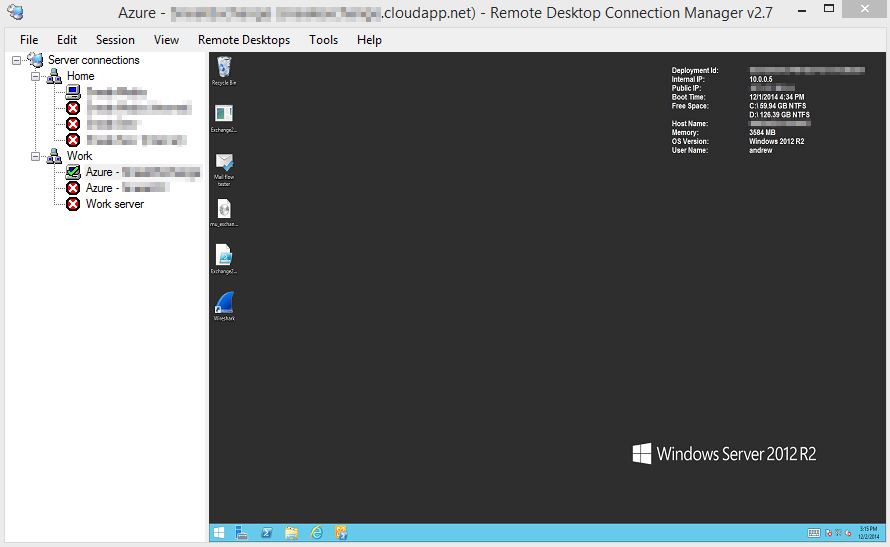
Select 'Remote Desktop' from the 'Deploy Tool' drop-down on the left.The desktop of the endpoint opens in a new 'Remote Desktop' tab in the main configuration area.You will be able to take all the essential measures for rectifying the problems in the endpoint.Updated 3 July 2018 â A colleague, Andy Davidson, suggested mRemoteNG as an alternative tool to this address this issue.

MRemoteNG also has the advantage that it support most major remoting technologies not just RDP, so I am giving that a try for a while. This is one of those post I do mostly for myself so I donât forget how I did something, it is all based on answers on SuperUser.Com, I can claim no credit I have a SurfaceBook (first generation) and when I am in the office it is linked to an external monitor, with a different lower DPI, via a dock. If I use Remote Desktop (MSTSC) as built into Windows 10, I can drag sessions between the two monitors and the DPI shift is handled OK. However, if I use my preferred tool Remote Desktop Manager 2.7 (as it allow me to store all my commonly used RDP settings) I am in DPI hell.

This is bad whether working on the single high DPI laptop screen work with an external screen.Īs the SuperUser.Com post states the answer is to change the compatibility settings for the manager by right clicking on the file âC:\Program Files (x86)\Microsoft\Remote Desktop Connection Manager\RDCMan.exeâ, selecting compatibility, change high DPI settings, and unchecking high DPI setting override I either get huge fonts or microscopic ones. Once this was done, I have readable resolutions on all screens.


 0 kommentar(er)
0 kommentar(er)
